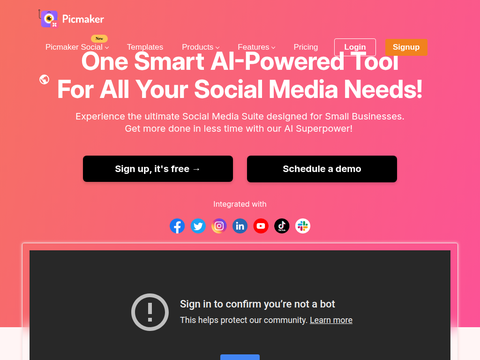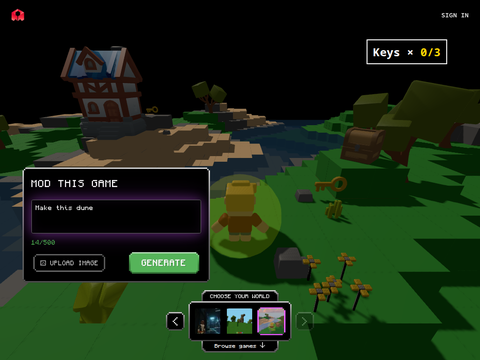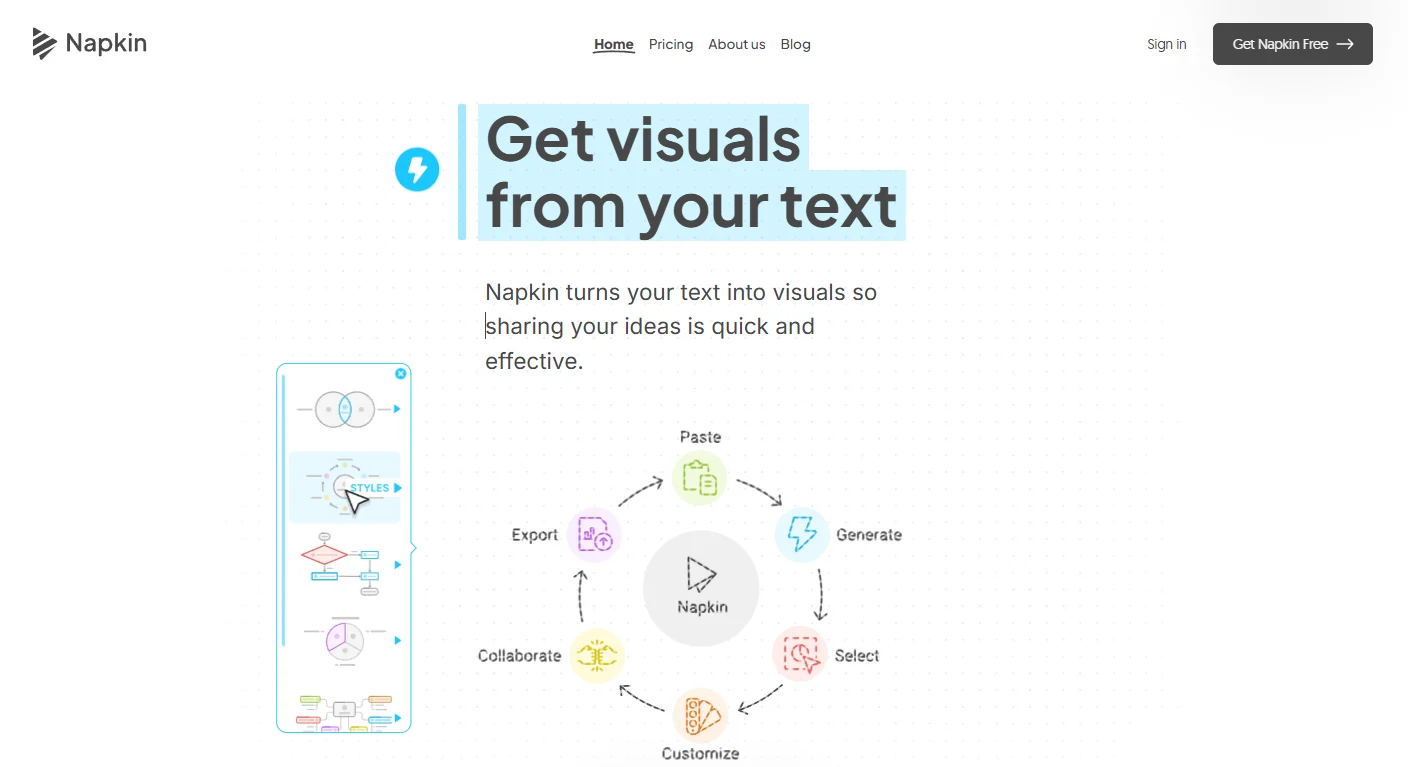Apple has finally brought its App Store to the web. The company has launched a fully functional online version of the App Store, offering users a centralized hub to explore apps within its ecosystem without being redirected through cumbersome steps just to search for or access app listings.
The new apps.apple.com website went live this week, replacing the previous static informational pages with a modern, searchable interface that mirrors the in-app design of the App Store across iPhone, iPad, Mac, Apple Watch, Apple TV, and Vision Pro platforms.
This update marks the first time in App Store history that users can browse the marketplace directly through a web browser without needing an Apple device. While direct app downloads from the browser remain unavailable, the site provides comprehensive listings, rich media previews, and links to open or share apps via the native App Store application. The web-based store features a clean, responsive layout designed to make browsing easier for both Apple users and external visitors researching apps. A dropdown menu in the top-left corner lets users switch between platforms, while the “Today” tab showcases curated recommendations, editorial content, and featured highlights—delivering an experience consistent with Apple’s native devices.
App listings now include categories, editorial picks, and search filters by genre—from productivity and education to adventure and entertainment. Users can also view App Store Awards and developer spotlights directly from the web interface, part of Apple’s broader initiative to “make discovery more accessible.” For developers, the structured and searchable web presence significantly boosts app discoverability. Previously hidden behind Apple’s native software, apps are now visible to search engines, enabling potential users to find them directly through Google or Bing. This increased visibility drives more traffic into Apple’s ecosystem—ultimately benefiting the company through higher engagement and potential App Store revenue.
Previously, Apple hosted individual app pages online—often accessed via search engine results—but offered no centralized or searchable storefront. These links frequently redirected users to the native App Store app or, on non-Apple devices, led to broken or inaccessible pages. Now, Apple’s web-based store delivers parity with its native experience, enabling seamless browsing even on Windows or Android devices.
For years, Apple’s tight control over app distribution—especially on iOS—has drawn scrutiny from antitrust regulators and courts. Authorities have argued that the App Store’s exclusivity unfairly stifles competition, leading to legislation like the European Union’s Digital Markets Act (DMA), which mandates that Apple allow alternative app stores and sideloading on devices sold in Europe. Apple has not commented on whether the web-based App Store was developed in response to such regulatory pressures.
One of the most notable upgrades is Apple’s new search interface. Users can now search directly within the web-based App Store and filter results by platform, developer, or keyword—a capability previously unavailable. Each app’s product page features larger preview images, video trailers, and detailed metadata sections covering user ratings, compatibility, and developer information. The design incorporates Apple’s updated visual language, including rounded corners, minimalist typography, and subtle animations that echo native iOS interactions.
This launch arrives amid growing criticism from developers over issues like app discoverability, competition, and commission fees, as well as mounting regulatory discontent worldwide. Even without download functionality, the web-based interface allows Apple to showcase its apps more openly to non-Apple audiences—a potential advantage for smaller developers who rely on visibility beyond the iOS ecosystem. For now, the web-based App Store remains strictly a browsing and discovery platform: users can view, share, or open apps on their devices, but cannot purchase or install them directly from the web.








